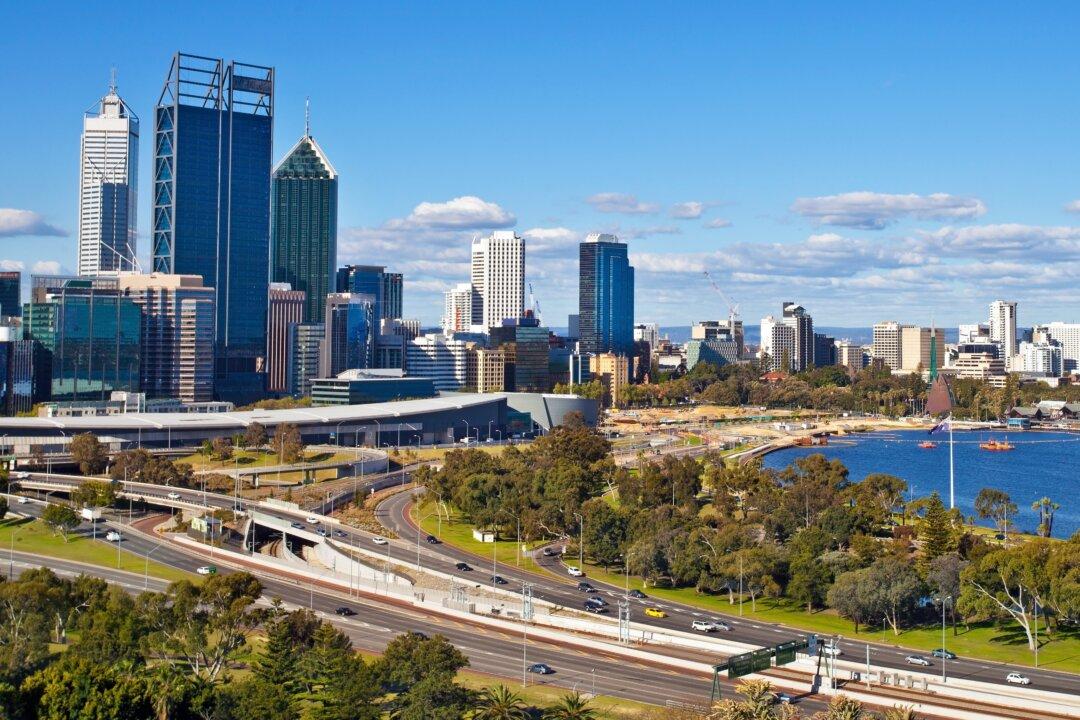Western Australia (WA) is heading toward energy shortages in the next few years as a result of the transition to renewable energy, a wholesale market forecast has found.
This has prompted energy regulators to call for urgent investments in the state’s power generation, storage and transmission.





